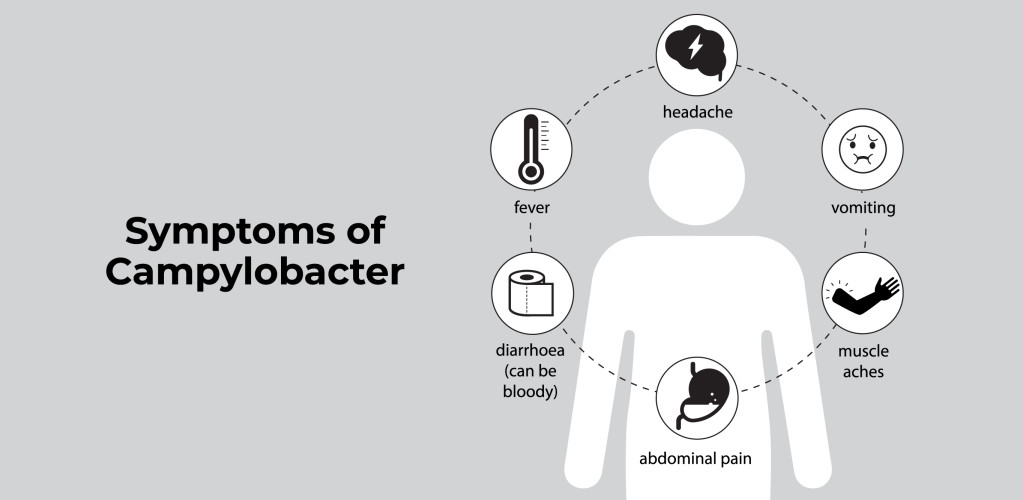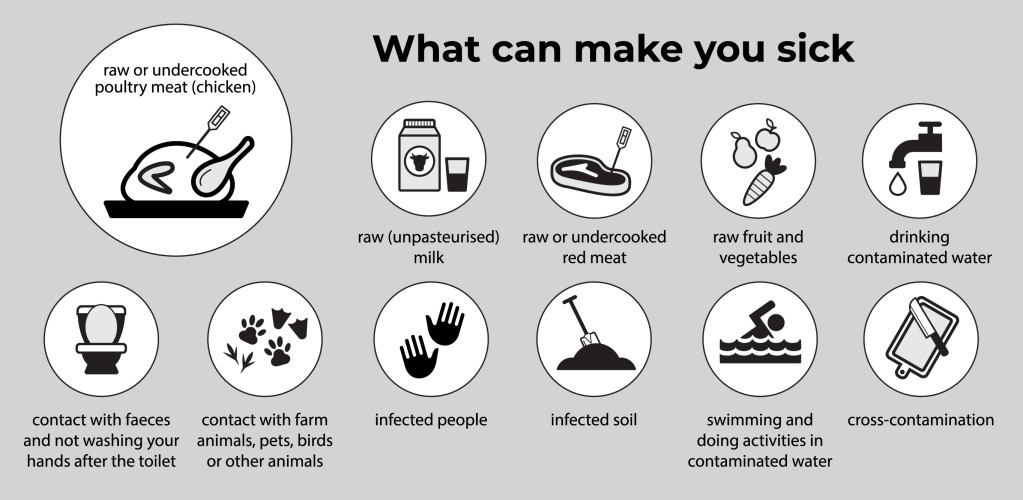Handling chicken safely
Every summer, there is a rise in cases of foodborne illness and hospitalisations from people getting sick from food.
The most commonly reported illness is campylobacteriosis. This is caused by Campylobacter bacteria. The most common source of Campylobacter from food is raw or undercooked chicken.
To keep yourself, your whānau and friends healthy, follow these simple tips:
- Don't wash your chicken before preparing it. Water doesn't kill bacteria, so rinsing the chicken will just spread the bacteria to your sink and kitchen surfaces, where they can contaminate other food. If you want to remove raw chicken juices, pat the chicken dry with a paper towel instead and throw the paper towel straight into a waste bin.
- Wash your hands in clean soapy water for at least 20 seconds after handling raw chicken – and dry them on a clean towel. This is so any bacteria from the chicken won't spread from your hands to other food. This is called “cross-contamination”.
- To prevent cross-contamination, keep your raw chicken separate from ready-to-eat and fresh foods, using separate chopping boards, plates, and utensils. Alternatively, wash them properly with hot soapy water before using them for other foods.
- Use a different plate for raw and cooked chicken.
- Make sure the chicken is fully cooked before serving. The meat should not be pink in the middle, although it can remain a little pink in colour close to the bone, and the juices should run clear. If you have one, use a meat thermometer to ensure the chicken is piping hot (more than 75°C) all the way through.
- If you're cooking chicken on a barbecue, turn it often so it cooks evenly.
- As with all food, don't leave chicken out in the heat of the day – neither before cooking nor after you've finished eating.










